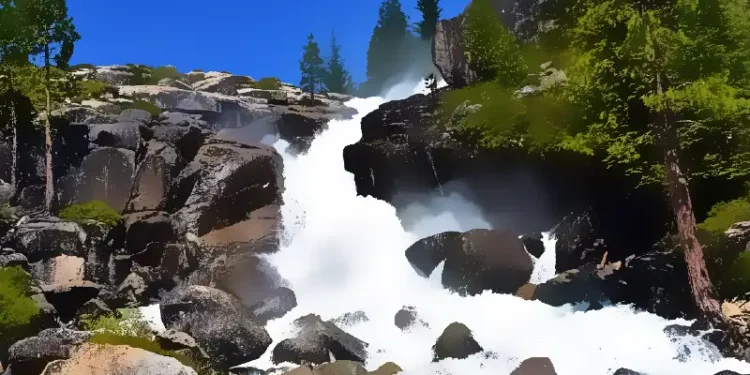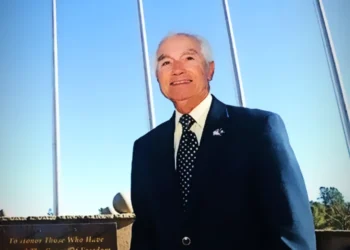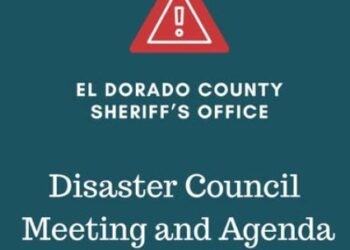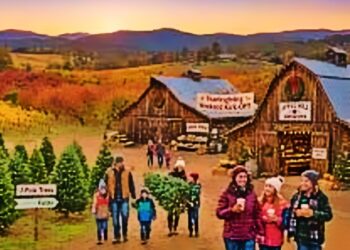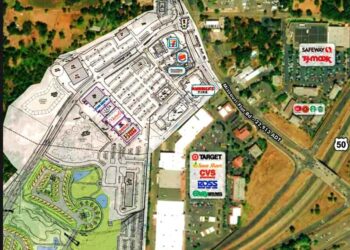Placerville, Calif. — As autumn advances, the U.S. Forest Service is preparing for its seasonal winter shutdown of many recreation sites, roads, and facilities within the Eldorado National Forest that lie partly or wholly in El Dorado County. While forest lands remain accessible in many places, access and services will be limited, and many facilities will not operate through the winter.
What is closing and when
-
Campgrounds and developed recreation sites: For example, the Mokelumne Campground on the Eldorado National Forest is slated to close on or around Sept. 28, 2025, subject to weather conditions.
-
Roads & trails (native surface / dirt roads): There is a forest-wide annual closure on unpaved, native‐surface roads and trails from Jan. 1 through at least March 31, with the possibility of extension depending on snow, soil moisture, and weather
-
Seasonal early closures: In some years, closures begin earlier (e.g. December 1) on dirt roads and motorized trails to protect watershed integrity and avoid damage from mud, snow melt, or saturation.
-
Other facilities: Developed sites such as restrooms, picnic areas, boat ramps, interpretive structures, and cabin rentals may close earlier or when conditions warrant.
-
Exceptions & variability: A few facilities may remain open, especially those at lower elevations or operated independently. Also, any site may be closed sooner if weather or safety requires it.
Forest officials emphasize that closures are not always tied to fixed calendar dates — an early winter storm or saturated soils may accelerate shutdowns.
Why the closures?
The primary reasons for the seasonal closures are:
-
Protecting natural resources & infrastructure: Heavy rain, melting snow, and soft soils make roads vulnerable to rutting, erosion, and damage that is expensive to repair.
-
Safety and liability: With snow, ice, and limited maintenance, it becomes unsafe to keep many facilities open.
-
Resource efficiency: Once winter sets in, services like water, trash removal, restroom maintenance, and staffing become impractical across dispersed, remote sites.
As one Forest Service official put it in prior years, “the seasonal closure is designed to protect roadbeds and watersheds from damage and to ensure long-term access in future seasons.”
What remains open or accessible
-
Forest lands and trails: Many undeveloped backcountry areas, hiking trails, and wilderness zones remain open year-round, subject to snow and safety conditions.
-
Over-snow recreation: Winter sports such as cross-country skiing, snowshoeing, and snowmobiling are possible in designated areas. The forest maintains a winter recreation section of its website.
-
Some roads & corridors: Paved highways (e.g., Hwy 50, Hwy 88) and certain access corridors typically stay open so long as they remain passable.
-
Desolation Wilderness & permits: Overnight wilderness permits in Desolation remain required year-round.
But users should not assume services exist: restrooms, potable water, trash collection, and other amenities will generally not be available after seasonal closures.
How to plan — advice for local residents & visitors
-
Check current conditions: Before heading out, always consult the Forest Service’s “Road and Trail Status” and “Current Conditions” webpages.
-
Study Motor Vehicle Use Maps (MVUMs): These maps identify which roads are subject to seasonal closures or restrictions.
-
Be flexible & vigilant: Because weather and storms may force earlier or extended closures, plan for sudden change.
-
Pack accordingly: In closed facilities, bring sufficient water, carry out all trash, and plan for no restrooms or services.
-
Mind the rules: Violating closure orders (for example driving on closed dirt roads) can result in fines or damage to fragile terrain.
Impact for El Dorado County
Local communities that depend on outdoor recreation—such as Placerville, Georgetown, Tahoe-westside communities, and foothill towns—will see reduced visitation in closed recreation zones. While some businesses (especially those catering to winter tourism) may still have demand, those dependent on summer campground visitors may feel the seasonal decline earlier.
However, by protecting infrastructure and limiting damage now, the Forest Service aims to reduce repair costs and maintain long-term access for future seasons.
Looking ahead
Forest officials emphasize that each year’s closure schedule may vary based on rainfall, snowpack, and ground conditions. Lower elevation sites sometimes close earlier, while higher elevation areas may stay open longer until snow arrives.
If you’re considering a fall or early winter trip, it’s best to plan early, stay informed, and have alternative destinations in mind.

